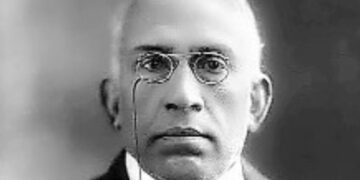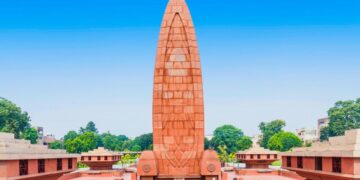January 10th holds profound historical significance in the annals of Bharat and the global narrative, witnessing pivotal events that have left an indelible mark on history. Let’s delve into the historical tapestry of January 10th.
1. The Tashkent Agreement was signed between Bharat and Pakistan on January 10, 1966. This agreement was signed by the Prime Minister of Bharat, Lal Bahadur Shastri, and the President of Pakistan, Ayub Khan. However, a few hours after the agreement, Lal Bahadur Shastri died under suspicious circumstances in Tashkent on January 11. Following Shastri Ji’s death, his wife and acquaintances expressed suspicion of a conspiracy. The mystery surrounding Shastri Ji’s death remains unsolved.
*The Tashkent Agreement was signed today.
*Signed by Shastri Ji and Ayub Khan.
*Shastri Ji died just hours after the Tashkent agreement.
2. World Hindi Day was announced to be celebrated on January 10, 2006. The first World Hindi Conference took place on January 10, 1974, in Nagpur, Maharashtra. In this conference, 122 representatives from 30 countries participated. The primary objective was to promote Hindi worldwide. Following the organization of the World Hindi Conference in Nagpur, the Bharatiya Embassy in Norway became the first to celebrate World Hindi Day. Subsequently, in 2006, the Government of Bharat declared January 10 as World Hindi Day to be celebrated annually.
*World Hindi Day today.
*The first World Hindi Conference was held in 1974.
*Celebration of World Hindi Day started in 2006.
3. On January 10, 1929, the famous cartoon character Tintin made its first appearance in a Belgian newspaper. The cartoon series was named ‘The Adventures of Tintin.’ If you enjoyed cartoons and comics in your childhood, you likely knew Tintin. The character of Tintin was created by Belgian cartoonist Georges Remi, also known as Herge. Herge passed away in 1983 at the age of 76. Despite his death, the popularity of Tintin comics remained high. The first Tintin comic book, ‘Tintin in the Land of the Soviets,’ was published in 1930, and Tintin comics have been published in over 100 languages since then.
*The famous cartoon character Tintin appeared in the newspaper for the first time.
*Got a place in a Belgian newspaper.
*Cartoonist Georges Remi created the character of Tintin.
4. On January 10, 1835, the first consignment of tea from Bharat reached England. Before this, England was solely dependent on China for tea. Bharat’s superior tea quality compared to China contributed to the global popularity of Bharatiya tea. Although the British withdrew from Bharat in 1947, the tea trade persisted. The Tea Board was established in Bharat in 1953, facilitating the export of Bharatiya tea abroad. Today, Bharat is the world’s largest tea producer, with 70 percent of it consumed domestically.
*On this day, the first consignment of tea from Bharat reached England.
*Earlier, England was dependent on China.
5. On January 10, 1863, the world’s oldest underground metro rail was inaugurated in London. In 1853, Chief Engineer Sir John Fowler was given the responsibility for this project. Ten years later, the underground metro ran on the tracks for the first time. It’s worth noting that the first metro rail in Bharat commenced in Kolkata in 1984. Subsequently, metro services started in the country’s capital, Delhi, in 2002, and have since expanded to many cities, including Mumbai, Chennai, Bengaluru, and Lucknow.
*The oldest underground metro rail was inaugurated today.
*The responsibility was given to Sir John Fowler.
















Comments